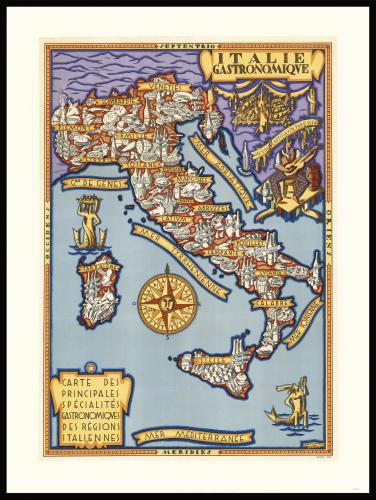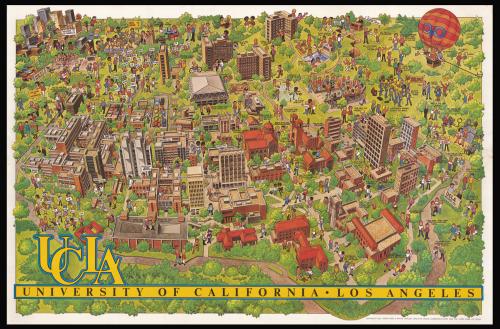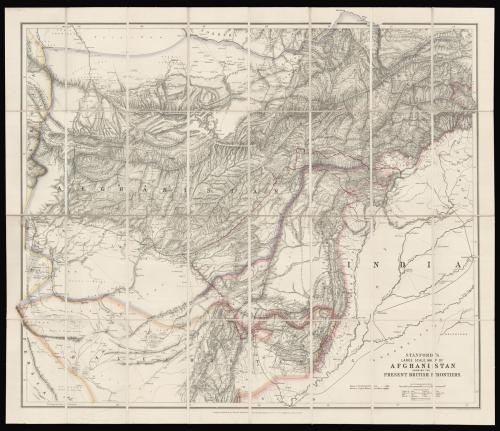

This object is eligible for a Certificate of BADA Provenance
The BADA Standard
- Since 1918, BADA has been the leading association for the antiques and fine art trade
- Members are elected for their knowledge, integrity and quality of stock
- Our clients are protected by BADA’s code of conduct
- Our dealers’ membership is reviewed and renewed annually
- Bada.org is a non-profit site: clients deal directly with members and they pay no hidden fees
London from the Roof of the Albion Mills
Author: BIRNIE, Frederick after BARKER, Henry Aston and Robert
Publication place: [London]
Publisher: Published as the Act directs
Publication date: 1792 [to] 1793.
Physical description: Hand-coloured engraving with aquatint, printed on six sheets
Notes
A fine example of the world’s first panorama, in the original sense of the word.
A panorama in the eighteenth century was a circular painting showing a landscape in the round, housed in a specially built viewing structure. The first panorama was conceived by the British painter Robert Barker, who patented the idea in 1787, and beginning with the city of Edinburgh in the round.
This first attempt was unsuccessful, and was dismissed by Sir Joshua Reynolds. Barker persevered, however, and his son Henry made the drawings for their London panorama from the roof of the Albion Sugar Mills at the south end of Blackfriars Bridge in the winter of 1790–91.
The vantage point was chosen because it was then the highest structure between St Paul’s Cathedral and Westminster Abbey, before the Mills burnt down shortly after the drawings were completed in March 1791. Robert enlarged the drawings onto a canvas measuring 1479 square feet, displaying it in a temporary rotunda in 1792.
It was very popular, sparking interest in his panoramas of other cities, and Reynolds had a change of heart: “Nature can be represented so much better there than in a painting restricted by the normal format”.
In 1793 Barker commissioned an Edinburgh architect, Robert Mitchell, to design a special building for exhibiting panoramas. Mitchell’s rotunda was erected in Cranbourne Street, on the north side of Leicester Square.
The building allowed for the simultaneous display of two panoramas in an Upper and a Large Circle, as shown in an aquatinted cross-section of the building which Mitchell published in 1801. The panorama then toured Europe, visiting Hamburg, Leipzig, Vienna, Paris, and perhaps Amsterdam.
Frederick Birnie’s aquatints were made while the panorama was still on show, demonstrating the level of public interest. The aquatints also served as the source for the first panorama show in North America (Altick). The image was copied onto canvas by William Winstanley, who exhibited the resulting panorama in 1795 in Greenwich Street, New York.
To inform the public of the intended publication of the prints a handbill was circulated. A copy of it is to be found in ‘Preparations for a Third Edition of R. Gough’s British Topography’ in the Bodleian Library, Oxford. It reads:
“Proposals for publishing six elegant aquatinta prints, which, if joined will represent the City of London and the entire surrounding country as seen from the top of the Albion Mill, Conditions. No money additional at the time of subscribing. Each print to be 22 Inches by 17 Inches. To Subscribers 7s., if Coloured 14s. and to be paid for on delivery. Printed by James Adlard, No. 39 Duke Street, Smithfield”.
Dimensions
Image: 430 by 3300mm (17 by 130 inches)Stock number
12568The BADA Standard
- Since 1918, BADA has been the leading association for the antiques and fine art trade
- Members are elected for their knowledge, integrity and quality of stock
- Our clients are protected by BADA’s code of conduct
- Our dealers’ membership is reviewed and renewed annually
- Bada.org is a non-profit site: clients deal directly with members and they pay no hidden fees




